(NLDO) - The unexpected appearance of "monster" PJ308-21 in James Webb's data has upset long-standing cosmological theories.
The brilliant light from PJ308-21, a "monster" quasar, has "traveled through time" from the past less than 1 billion years after the Big Bang, the event that created the universe 13.8 billion years ago.
One billion years after the Big Bang is a period called the "Cosmic Dawn", where long-standing cosmological theories suggest that there was a monotonous space with small, simple galaxies and black holes just emerging from chaos.
But the timeline was turned upside down by PJ308-21, which is 2 billion times more massive than the Sun.
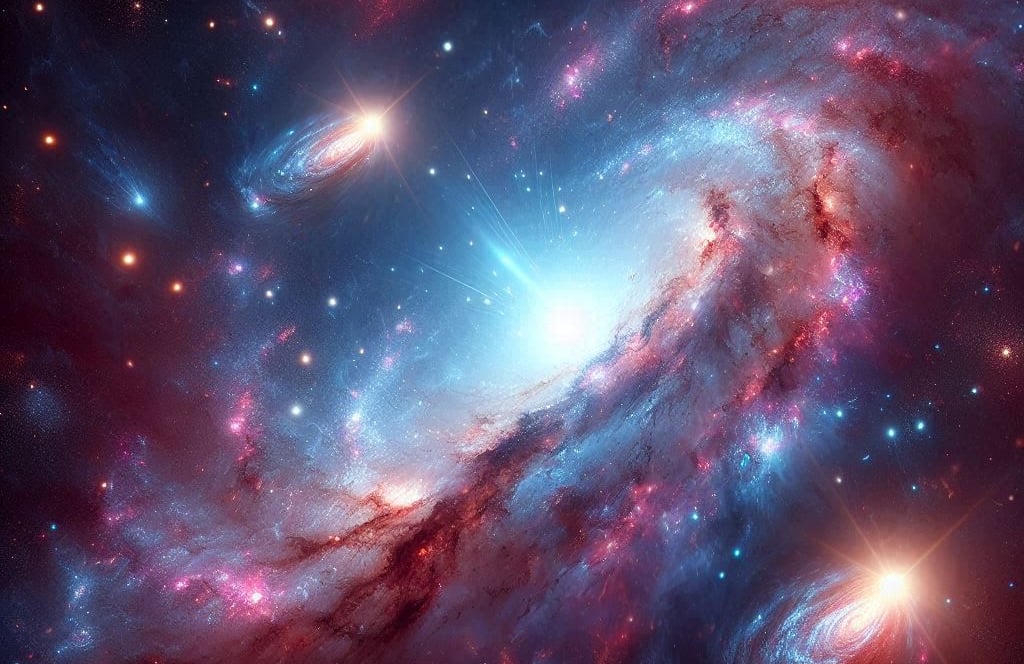
Illustration of a quasar with two small galaxies preparing to merge with its galaxy - Photo AI: ANH THU
The quasar is actually a black hole in disguise. It is in the process of devouring matter so furiously that it appears as bright as a star in the sky.
The image captured by the world's most powerful space telescope, James Webb, of PJ308-21 is not of the present, because light needs a delay equivalent to the distance to reach Earth.
In this case, James Webb looked billions of years into the past and captured an intact image of the object billions of years ago, in the state and position it once existed in.
In this snapshot of PJ308-21, the telescope captured the quasar continuing to grow thanks to a merger of its host galaxy and two satellite galaxies.
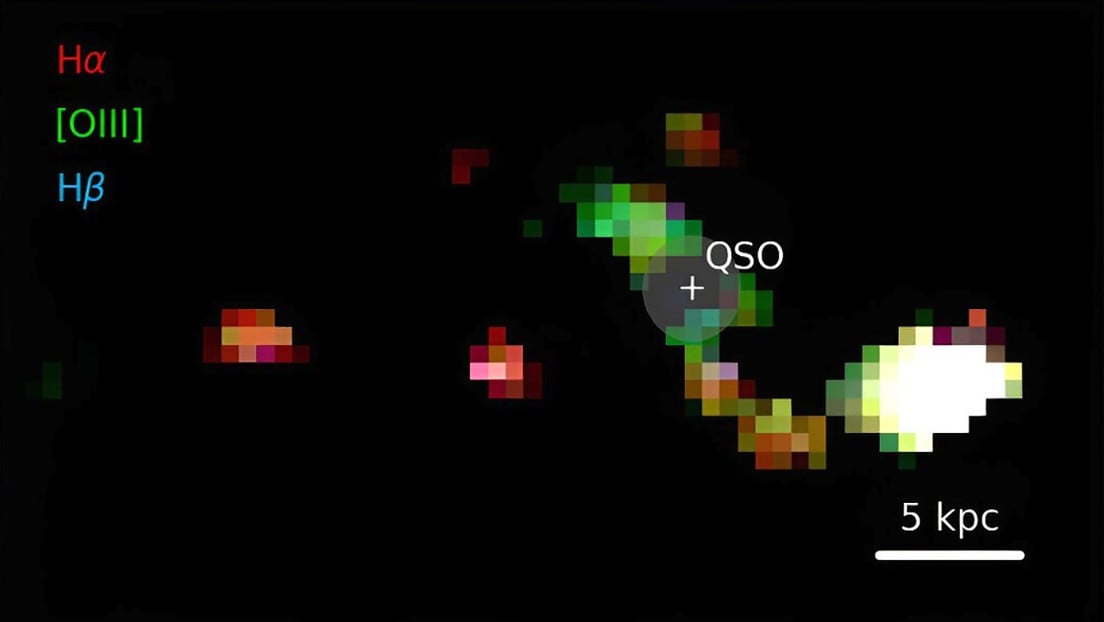
Image of ancient quasar in James Webb data - Photo: NASA
The merger of the two galaxies likely provided the monster black hole - quasar - with a large amount of gas and dust, allowing the black hole to grow and continue to fuel PJ308-21.
More surprisingly, both the quasar and the two galaxies that are on their way to merging with the quasar's host galaxy are already highly evolved, something that should only have happened billions of years later, not when the universe was still "infantile".
According to lead author Dr Roberto Decarli from the Italian National Institute for Astrophysics (INAF), the above objects are still evolving extremely efficiently and chaotically thanks to the rich galactic environment in which these sources formed.
PJ308-21 is rich in metals, and the gas and dust around it is undergoing "photoionization" - a process in which photons provide the energy electrons need to escape from atoms, creating charged ions.
One of the galaxies merging with the main galaxy PJ308-21 is also rich in metals and its material is also being partially ionized by electromagnetic radiation from the quasar.
Photoionization is also occurring in the second satellite galaxy, but is being generated by a bout of rapid star formation.
All of these observations—as well as similar evidence of galaxies and black holes that were far more massive than expected in the first few billion years of the universe—are strong evidence that humanity may have to rewrite the history of the Cosmic Dawn.
It may not have been a primitive world, as long believed, where objects may have evolved much more rapidly than they do today. And the universe may not have grown in a steady progression, but rather in a choppy and complex way, as life on Earth evolved.
Source: https://nld.com.vn/quai-vat-nang-gap-2-ti-mat-troi-hien-ve-tu-noi-vu-tru-bat-dau-196240715083730999.htm



![[Photo] Hanoi morning of October 1: Prolonged flooding, people wade to work](https://vphoto.vietnam.vn/thumb/1200x675/vietnam/resource/IMAGE/2025/10/1/189be28938e3493fa26b2938efa2059e)






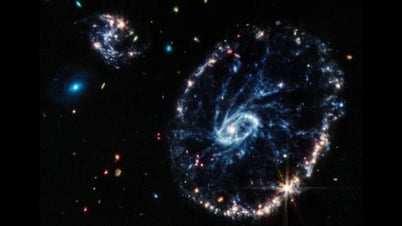



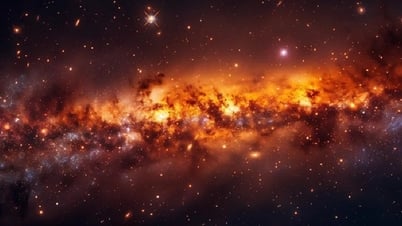
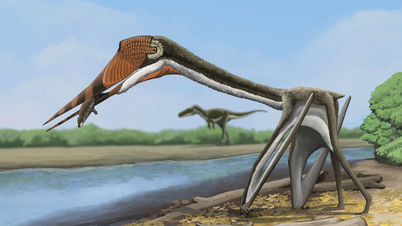


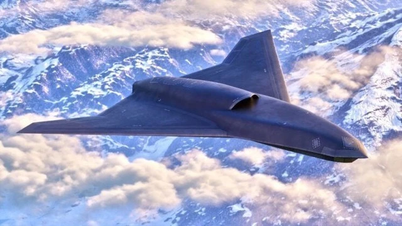





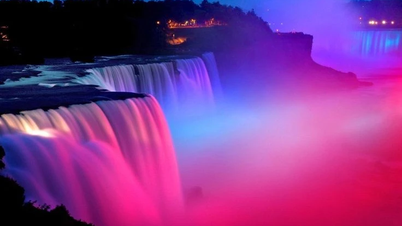










![[Photo] President Luong Cuong receives President of the Cuban National Assembly Esteban Lazo Hernandez](https://vphoto.vietnam.vn/thumb/1200x675/vietnam/resource/IMAGE/2025/9/30/4d38932911c24f6ea1936252bd5427fa)
![[Photo] Panorama of the cable-stayed bridge, the final bottleneck of the Ben Luc-Long Thanh expressway](https://vphoto.vietnam.vn/thumb/1200x675/vietnam/resource/IMAGE/2025/9/30/391fdf21025541d6b2f092e49a17243f)






















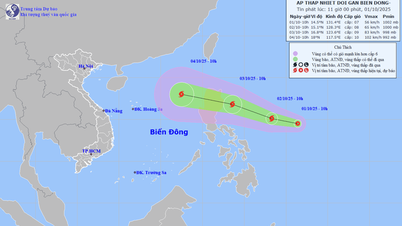




















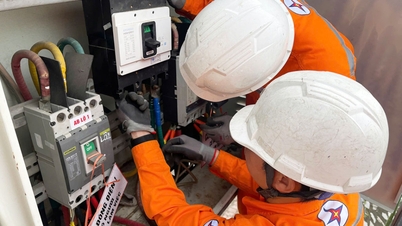
















Comment (0)